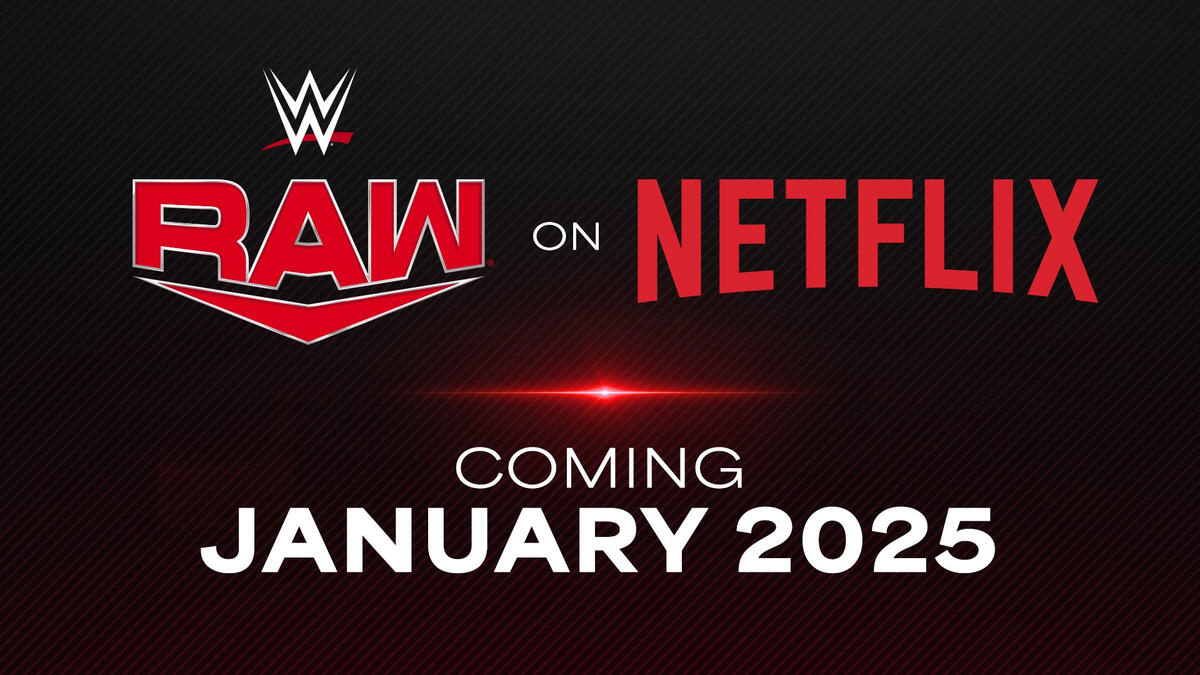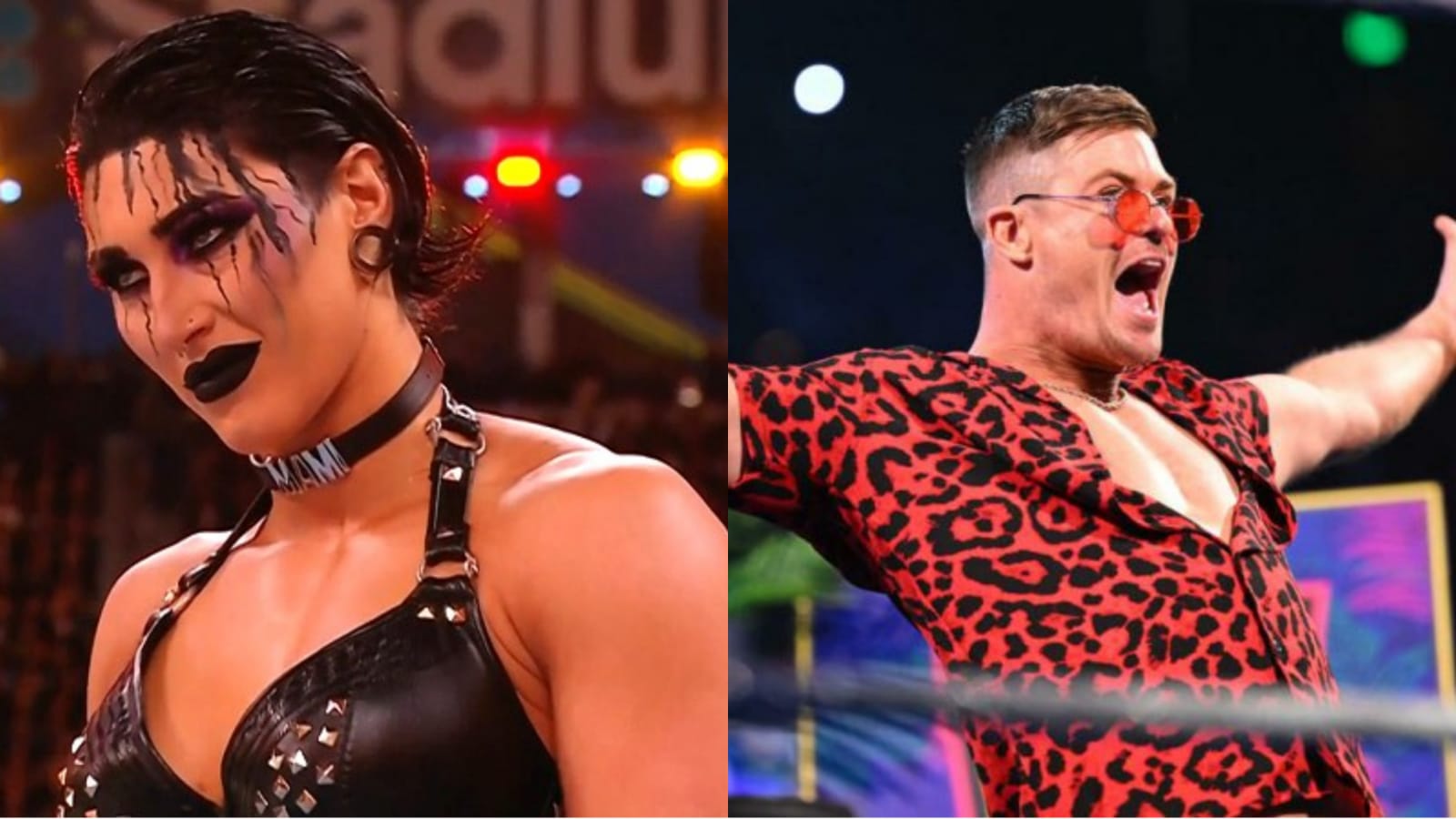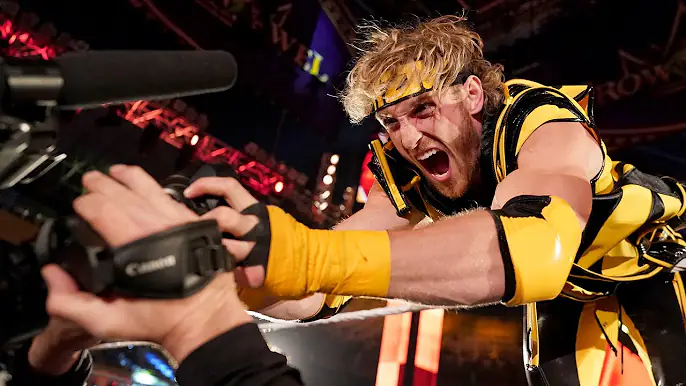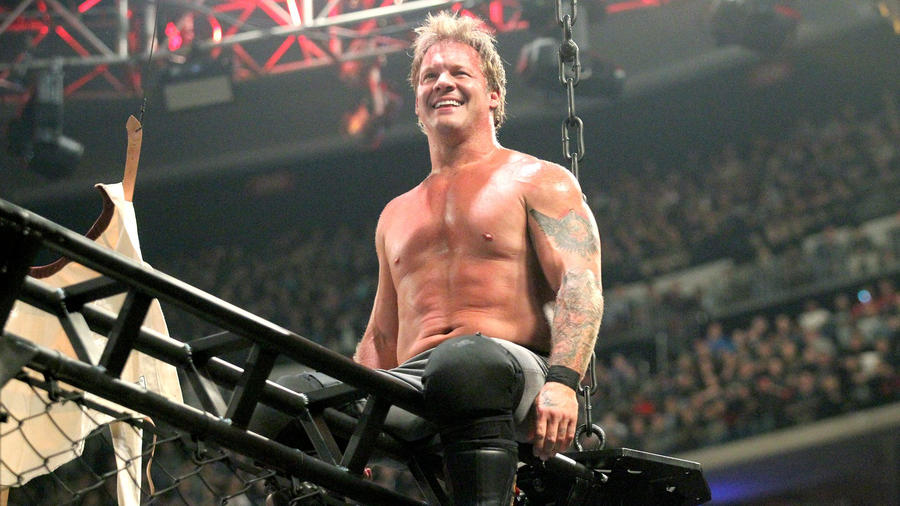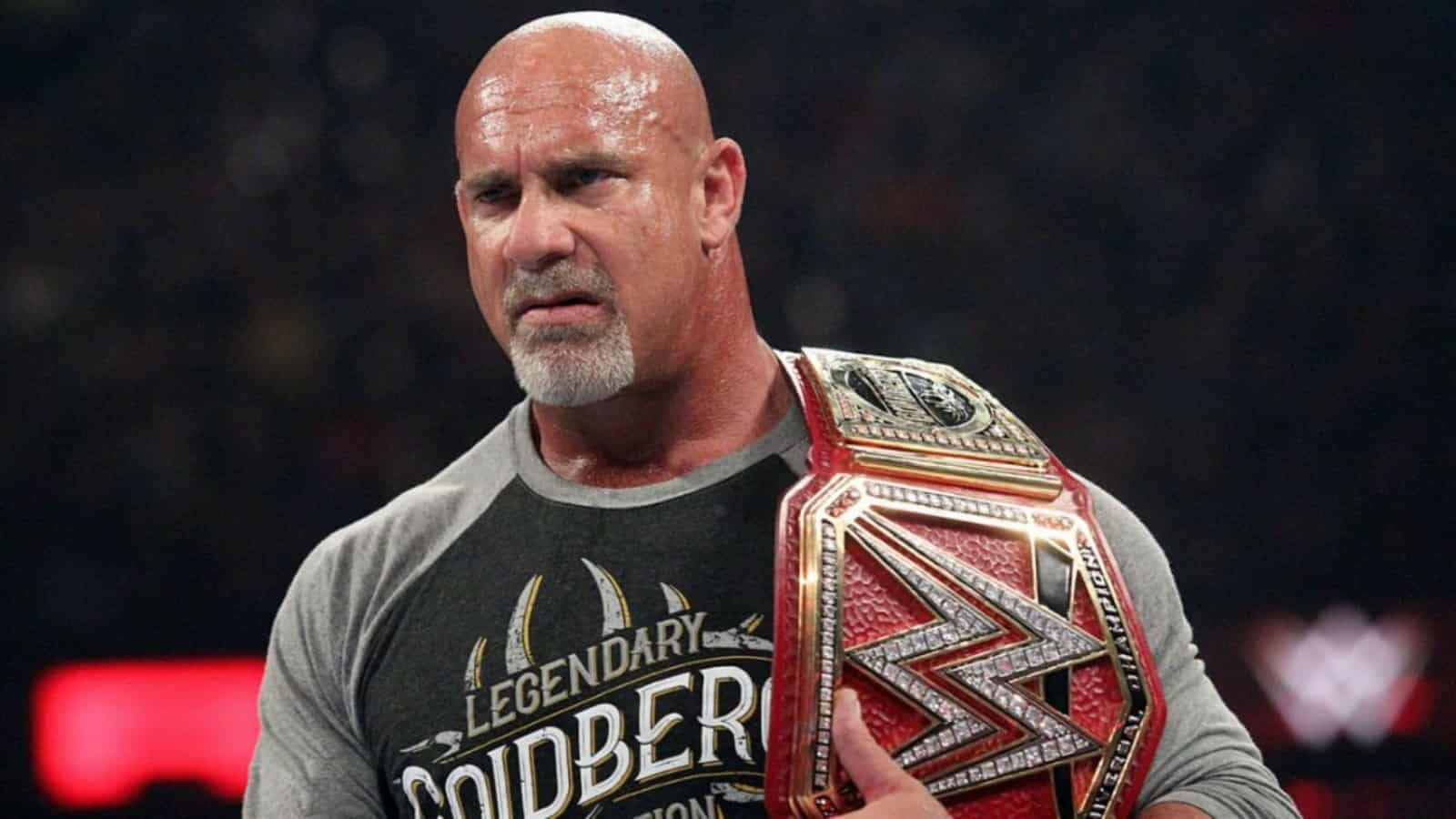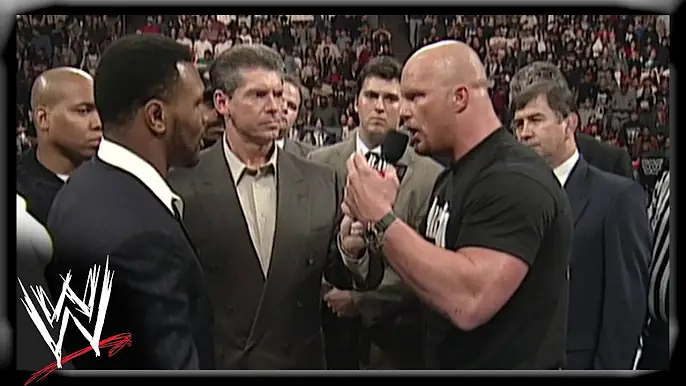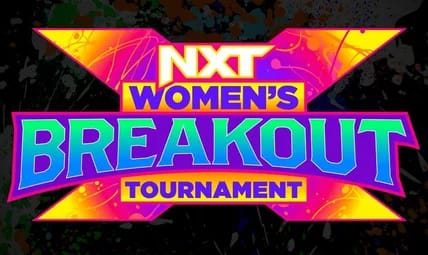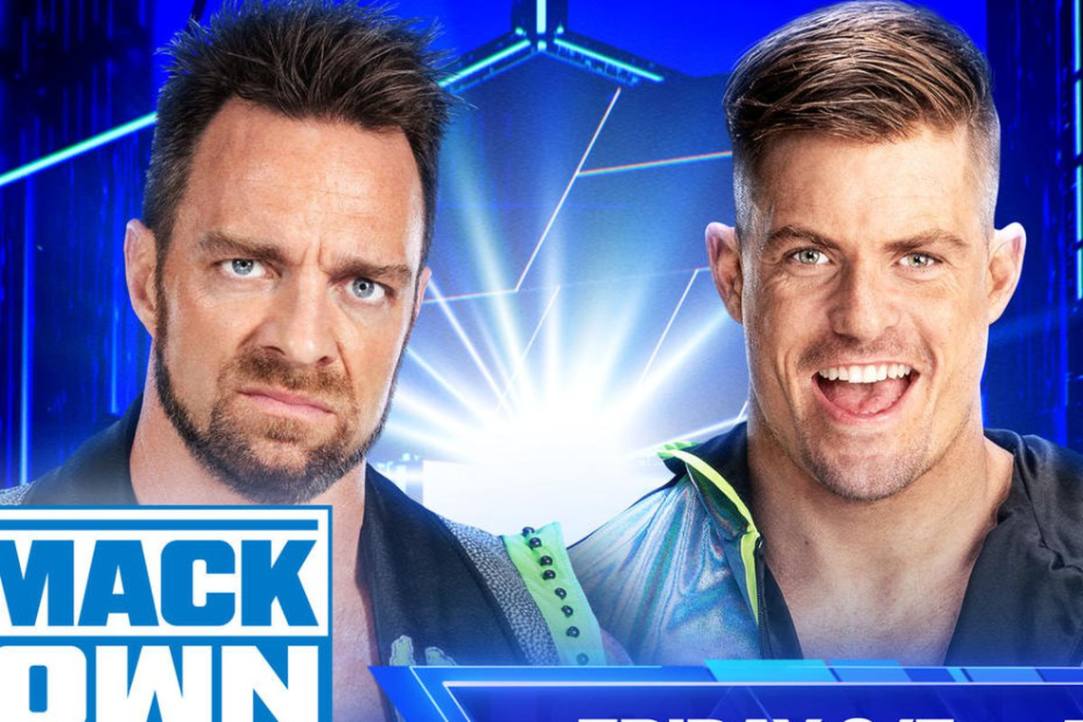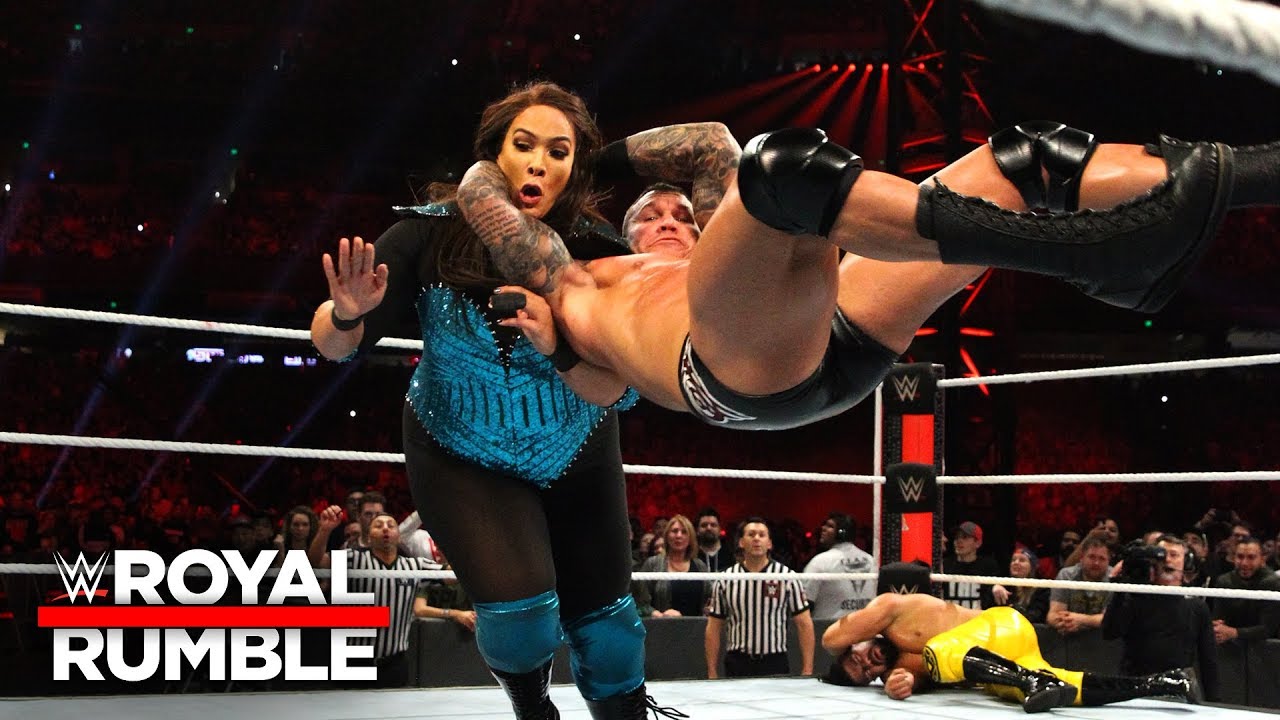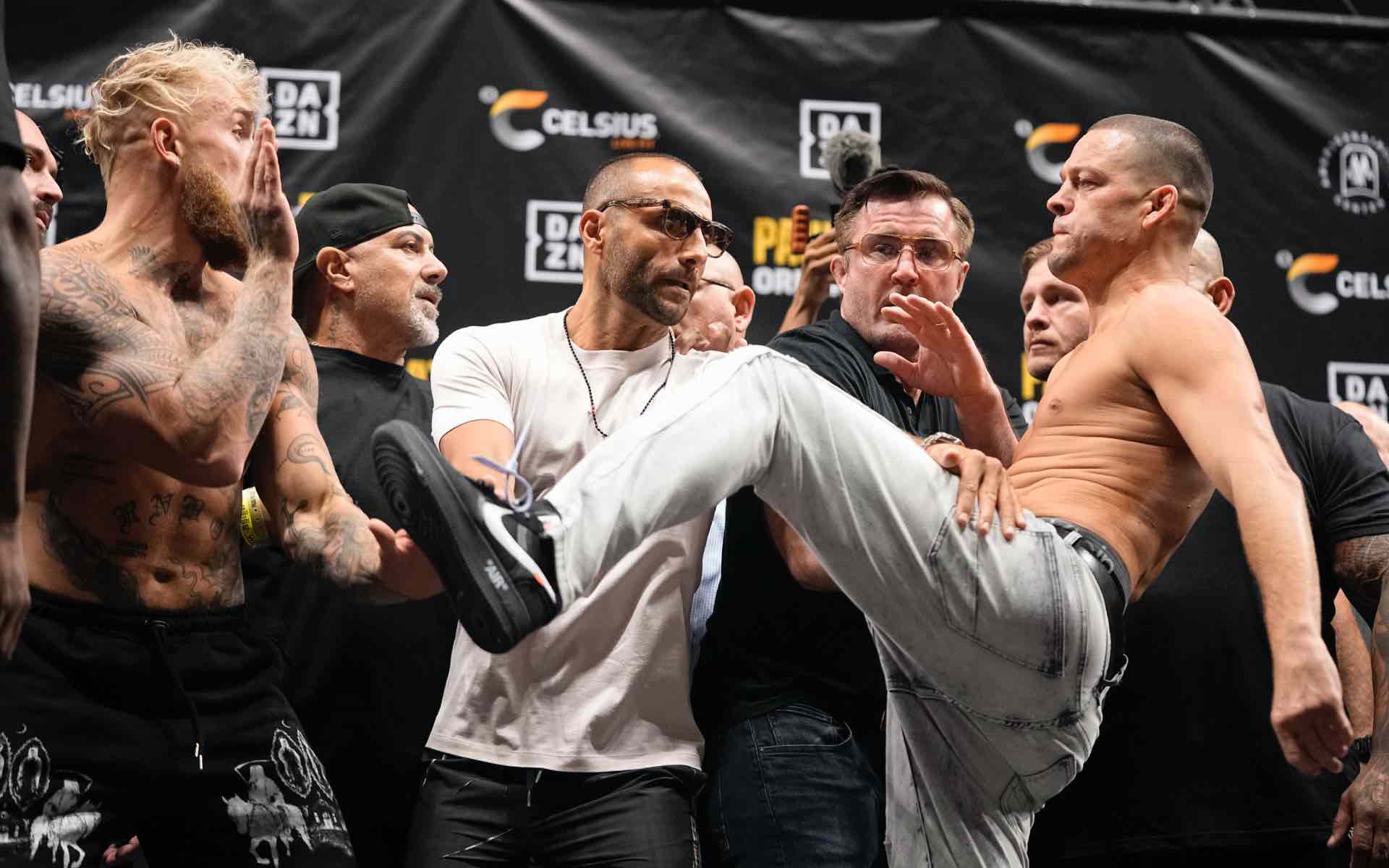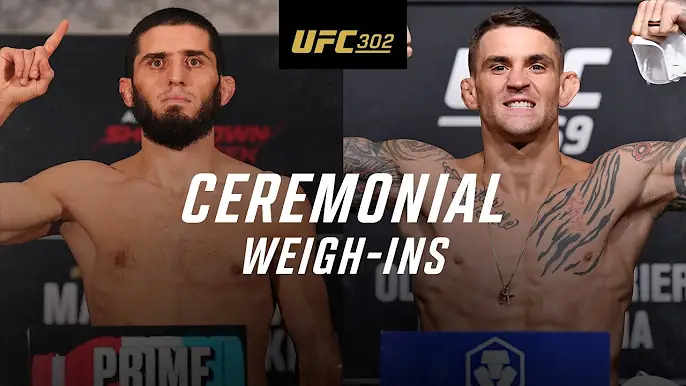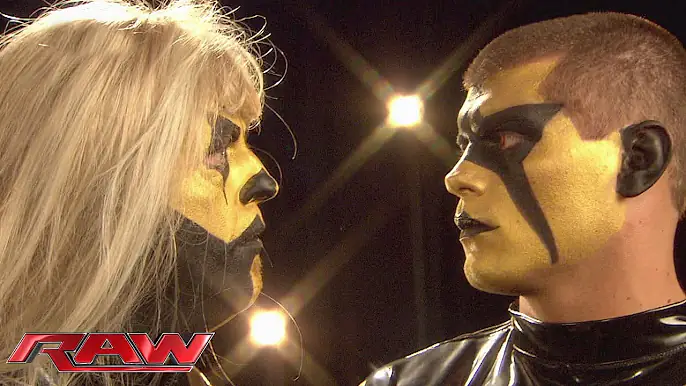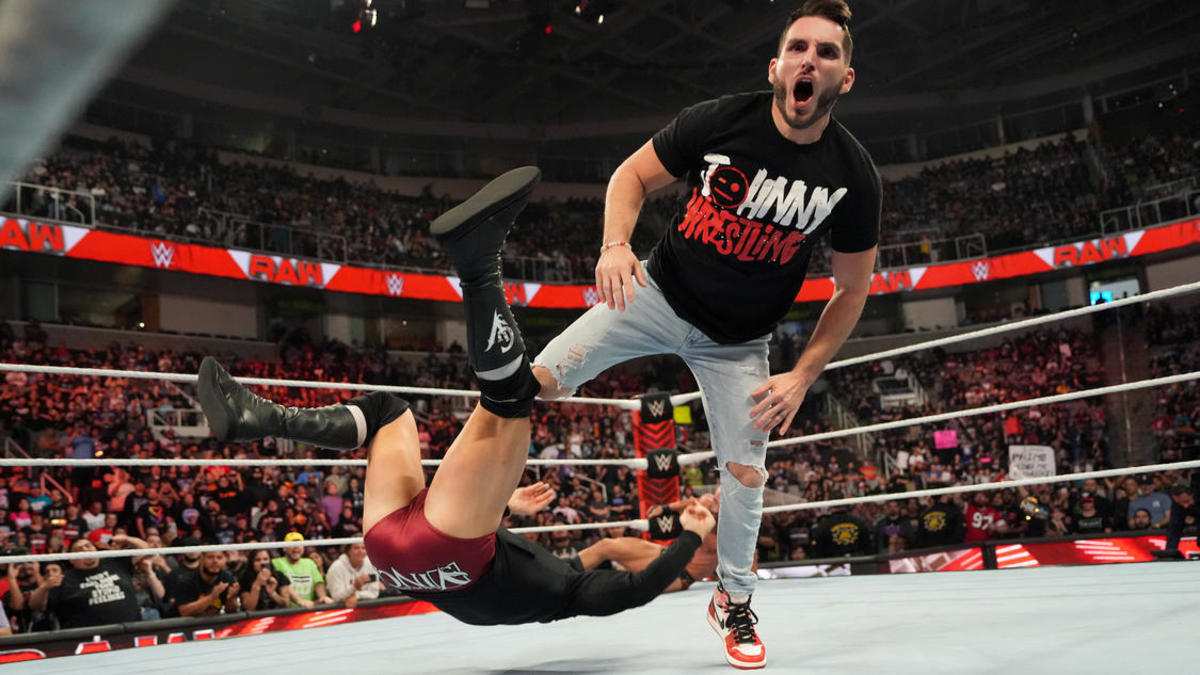WWE’s Embrace Of Sports-Centric Presentation On Netflix Debut
WWE made its Netflix debut on January 6, 2025, marking a major shift toward selling a sport-centered product while still offering trademark elements of WWE entertainment. It marked their continuously expanding strategy in the hope of reaching more people across the world, leveraging the global scale provided by streaming networks.
Netflix Debut
The first-ever WWE Raw episode on Netflix really gave the company a new direction to go in. It started with a sleek, sports-style introduction that emphasized athleticism and competitiveness in professional wrestling. The Intuit Dome in Inglewood, California, was the state-of-the-art backdrop for this momentous occasion, enhanced by production values equal to major sporting events.
Key Matches and Moments
The first episode had a number of high-stakes matches that showcased WWE’s commitment to in-ring action:
CM Punk versus Seth “Freakin” Rollins: Arguably one of the longest-awaited battles between two of the biggest stars in WWE, this match delivered on all its promise of competition and storytelling—both in and out of the ring—very nicely.
Women’s World Championship: Rhea Ripley defeated Liv Morgan in a match that proved WWE’s women’s division is strong and skilled.
Tribal Combat: Roman Reigns took on Solo Sikoa in a peculiar stipulation match, meshing traditional wrestling with cultural elements—a great example of how WWE can construct a compelling narrative.
“Main Event” Jey Uso vs. Drew McIntyre: This match, again, brought into view the competitive aspect of WWE with two former champions looking for placement within the company hierarchy.
Sport-oriented presentation elements
WWE added a number of elements to make their product more sports-like:
Enhanced Statistics and Graphics
Throughout the broadcast, WWE introduced stats and graphics packages no different from those used in major sports leagues: detailed win-loss records, length of championship reigns, and performance metrics for individual wrestlers.
Expert Analysis
The WWE also extended the bench for commentators by making room for guest analysts, usually former wrestlers or sports personalities, to give detailed analyses of matches and storylines—a sight similar to expert panels seen in traditional sports broadcasts.
Backstage Interviews and Press Conferences
It showcased more backstage interviews conducted in a more journalistic nature. There were even post-match press conferences, adding yet another concept sport-centric event inspired by other professional sports.
Balancing Sports and Entertainment
While embracing a sports-centric presentation, WWE was careful not to abandon the entertainment aspects that have been crucial to its success:
Character Development
It even led to WWE continuing its investment in character-driven storylines through pre-taped vignettes and in-ring promos to flesh out a wrestler’s persona and create a level of realism for those segments, where the lines of what is and isn’t supposed to be part of a character are so muddied.
Celebrity Involvement
The first episode included a number of mainstream celebrities and athletes, including Logan Paul and Travis Scott, who were organically integrated into the sibling storylines for the sports-entertainment hybrid.
Innovative Match Concepts
The WWE had been introducing new match types and stipulations, each adding a layer of athletic competition mixed with a unique storytelling element. One perfect example of this was seen in the Tribal Combat match between Roman Reigns and Solo Sikoa, as the cultural theme interwove with the physically demanding contest38.
Production Enhancements
The move to Netflix allowed WWE to experiment with new production techniques.
Multiple Camera Angles
WWE used more camera angles, including drone shots and 360-degree views, to capture the action from every possible perspective. This gave the viewer a more immersive experience and really showcased the athleticism of the performers.
Graphics – Augmented Reality
The company began to introduce AR graphics during their shows, showing the stats of wrestlers, the history of championships, and the stipulation of matches in innovative ways without obstructing the view of ongoing action in the ring.
Enhanced Audio
So, the WWE had to make that investment into furthering their audio technology for audiences everywhere to continue to grow and hear, literally, just more of that in-ring communication with regards to what happens when moves make impact. Thus, an added new realism brought these fans just one step closer.
Global Appeal and Localization
The deal between WWE and Netflix opened up more avenues for the company to expand globally in local languages:
International Commentary Teams
The Netflix platform offered a lot in the mother languages of most of its subscribers. The WWE itself offered commentary teams with many more varied languages to cater to a varied audience abroad. 55 [Words].
Culturally Specific Content
The WWE began producing extra content for specific markets, including international pre-shows and post-show analyses that included regional wrestlers.
Fan Engagement Initiatives
Some of the features added to capitalize on the interactive nature of the streaming platforms include WWE introducing:
Q&A Live Polls and Predictions
With such, viewers can engage in real-time polling and predict outcomes for matches, as well as display these on screen during a broadcast.
Second Screen Experience
Conversely, WWE developed a companion app that ran side by side with the Netflix stream, adding more statistics, behind-the-scenes, and interactivity to extend the experience of viewing the show.
Social Media Integration
The company became more focused on social media engagement, showing fan reactions and tweets on-screen during broadcasts and encouraging viewers to participate in online discussions.
Impact on WWE Business Model
The shift to Netflix’s more sports-centered presentation had WWE in an entirely different kind of business.
Ads and Sponsorships
This focus on sports-style presentation opened new avenues in advertising and sponsorships, with the WWE attracting partners more normally associated with traditional sports.
Product Merchandise and Licensing
WWE merchandise extended into more performance-oriented lines, such as athletic wear and training gear, beyond the traditional fan
Live Event Experience
The company reshaped its live event experience to fit the sports-led presentation through elements like pre-show warm-ups and post-show media availabilities for fans in attendance.
Challenges and Adjustments
The transition to a more sports-centric presentation was not without its challenges:
Balancing Act
The WWE struggled to juggle the fresh direction it sought within a sports purview against over-the-top personas and story arcs so prevalent throughout professional wrestling. Long-term followers of WWE grew worried it would be compromising a sense of spectacle that got them interested in it to begin with.35.
Adaptation of Talents
It took some time for the wrestlers to get accustomed to the new style of presentation, and some found it easier compared to others. The WWE had to invest time in further training and workshops that would help the talent get accustomed to the new, more realistic in-ring style and interview techniques.
Pacing Issues
The three-hour format of Raw, added to the sports-centric approach, sometimes meant there were some pacing issues. WWE tried several different structures in order to find the right balance between in-ring action, character development, and entertainment segments42.
Future Implications
WWE’s adoption of a far more sports-oriented presentation on Netflix would lay the seed for continued evolution of the product:
Competitive Divisions
There were discussions to further introduce weight classes and ranking systems to establish some sort of structured competition within WWE.
Cross-promotional Opportunities
The sports-like presentation opened the door for potential crossovers with other combat sports, including MMA and boxing, as well as collaborations with traditional sports leagues.
Technology Integration
WWE continued to pursue state-of-the-art technologies in virtual reality and holographic displays to further enhance the viewing experience and bring fans closer to the action.
Conclusion
WWE finally came to Netflix in 2025 and marked another very important evolution of the company’s style. While the company took a much more sports-oriented presentation and retained much of the entertainment factors, WWE could gain new viewership without alienating the loyal fan base. With a fresh feel of higher production value, worldwide accessibility via Netflix, and innovative ways for fan interaction, the future set up for WWE was bright and exciting.
As this new direction is continually honed, the ripple will very likely reach out to the entire wrestling world. Competitors may be forced to update their own presentations to keep pace, perhaps ushering in a new era in professional wrestling that more closely aligns with mainstream sports yet retains the unique storytelling and spectacle that has made it a cultural phenomenon.
It would find eventual success on Netflix based on viewership, subscriber growth, and fan engagement with this sports-centric approach. The bold move shows WWE isn’t afraid to change and adapt in an ever-changing media landscape, locking in its position at the front of sports entertainment for years to come.
